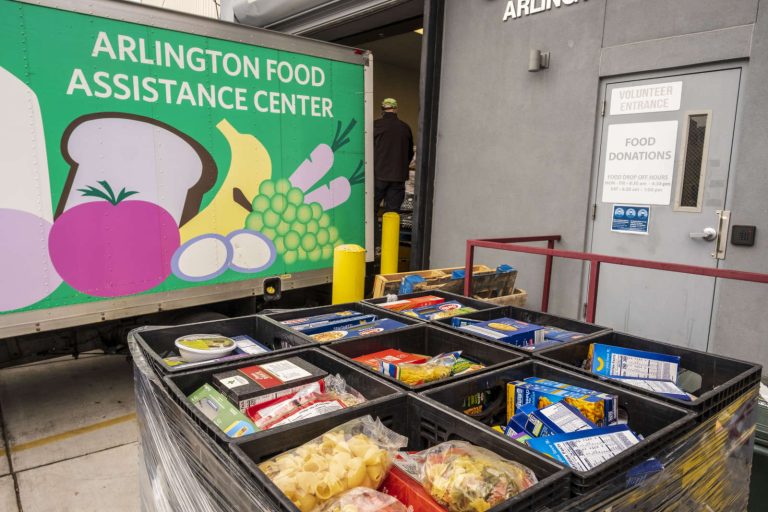Accidents can be life-altering. Beyond the physical pain, they often bring financial stress, anxiety, and a mountain of paperwork. If you’ve recently been involved in an accident, you’re likely navigating unfamiliar territory—figuring out how to handle insurance claims, compensate for lost wages, or even determine whether a legal professional is necessary. We understand the frustration and uncertainty this situation brings, so we’re here to help simplify the process and show you where to begin.
This guide will walk you through crucial steps, from navigating insurance claims based on the type of accident, to understanding temporary benefits, and the essentials you’ll need if you’re considering consulting an attorney for a free claim review.
Step 1: Understanding Your Insurance Claim
One of the first steps after an accident is initiating the claim process with your insurance provider. The requirements and processes can differ widely depending on the type of accident.
Auto Accidents
If you were injured in a car accident, your first priority is notifying your insurance provider. Gather and submit the following documentation to strengthen your claim:
- Police Report: Verify the accident details with the official record.
- Medical Records: Include treatment details, medical bills, and any diagnoses related to the accident.
- Photos or Videos: Images of vehicle damage, injuries, and the accident scene can help establish circumstances.
- Witness Statements: Statements from bystanders can corroborate your account of the event.
Different states may also have varying auto insurance rules, such as “at-fault” or “no-fault” systems. For no-fault states, your insurer covers your medical expenses regardless of who caused the accident.
Workplace Injuries
An on-the-job injury requires you to file a claim through your employer’s workers’ compensation insurance. Act quickly, as many states mandate a specific time frame (often 30 days) to report workplace injuries. You’ll need to include documentation such as an incident report, medical evaluations, and any evidence proving that the injury happened on the job.
Slip and Falls or Public Accidents
If you suffered an injury due to hazardous conditions in a public or private setting, such as a slippery floor or poorly-maintained premises, you may need to file a personal injury claim. Evidence like photos of the scene, medical bills, and eyewitness accounts will be critical to build a strong case.
No matter the type of accident, keeping accurate and thorough records is the most important step in navigating an insurance claim effectively.
Step 2: Financial Assistance While You Recover
An accident injury can prevent you from working, leaving you without a steady income while medical bills continue to pile up. Fortunately, there are resources available that can help you make ends meet during this challenging time.
Short-Term Disability Benefits
If your employer offers short-term disability insurance as part of your benefits package, you may be eligible for partial income replacement while you recover. Check with your HR department to learn about the policy and how to file a claim.
Workers’ Compensation
For a workplace injury, workers’ compensation typically covers medical expenses and a portion of your lost wages. You may also qualify for vocational rehabilitation if returning to your previous role proves difficult.
State and Federal Benefits
If you don’t have access to employer-provided disability benefits, you may qualify for public assistance instead. Programs like Social Security Disability Insurance (SSDI) or Supplemental Security Income (SSI) provide financial aid to individuals unable to work due to a long-term injury or disability.
Unemployment Insurance Extensions
If you lose your job due to your injuries but are actively looking for work once you recover, some states offer extended unemployment benefits for individuals in unique circumstances like this.
Don’t hesitate to explore every option available to you—it’s critical to find financial relief while focusing on your recovery.
Step 3: When (and How) to Get a Legal Claim Review
Not all accidents require an attorney, but if your injuries were severe, or you’re experiencing challenges with your insurance provider, consulting a personal injury attorney can offer valuable support. Many offer free claim reviews, allowing you to explore your options with no upfront costs.
What You’ll Need for a Claim Review
Before meeting with an attorney, gather the following information and documents to ensure a productive consultation session:
- Accident Report
Whether it’s a police report, workplace incident report, or other documented proof, this will help lay out the facts.
- Medical Documentation
Bring all records that detail the extent of your injuries, treatments, and recovery timeline.
- Insurance Information
Provide information about your insurance coverage and any preexisting correspondence with your insurer.
- Correspondence Records
Save any emails, letters, or phone call notes with your insurance company or responsible parties. These can reveal how the case has progressed so far.
Benefits of Consulting an Attorney
- Maximize Compensation: An attorney can evaluate whether the settlement offered matches the full scope of your damages.
- Handle the Tough Conversations: From negotiating with insurers to contacting at-fault parties, an attorney relieves you of this emotional labor.
- Navigate Complex Cases: If your case involves multiple liable parties or substantial injuries, legal expertise can be invaluable.
Remember, seeking an attorney for a free review doesn’t obligate you to proceed with a claim—it’s simply a way to explore all your options and protect your rights.
Empower Yourself After an Accident
Getting injured in an accident is a stressful and challenging experience, but proper documentation, a thorough understanding of available resources, and knowing when to seek professional help can make all the difference. By staying organized and informed, you can ensure a smoother claims process and focus on recovery with less overwhelm.
If you’re unsure where to begin or feel overwhelmed by the claims process, don’t hesitate to reach out for expert legal advice. A free claim review could help you determine your next steps and get one step closer to the compensation you deserve.









